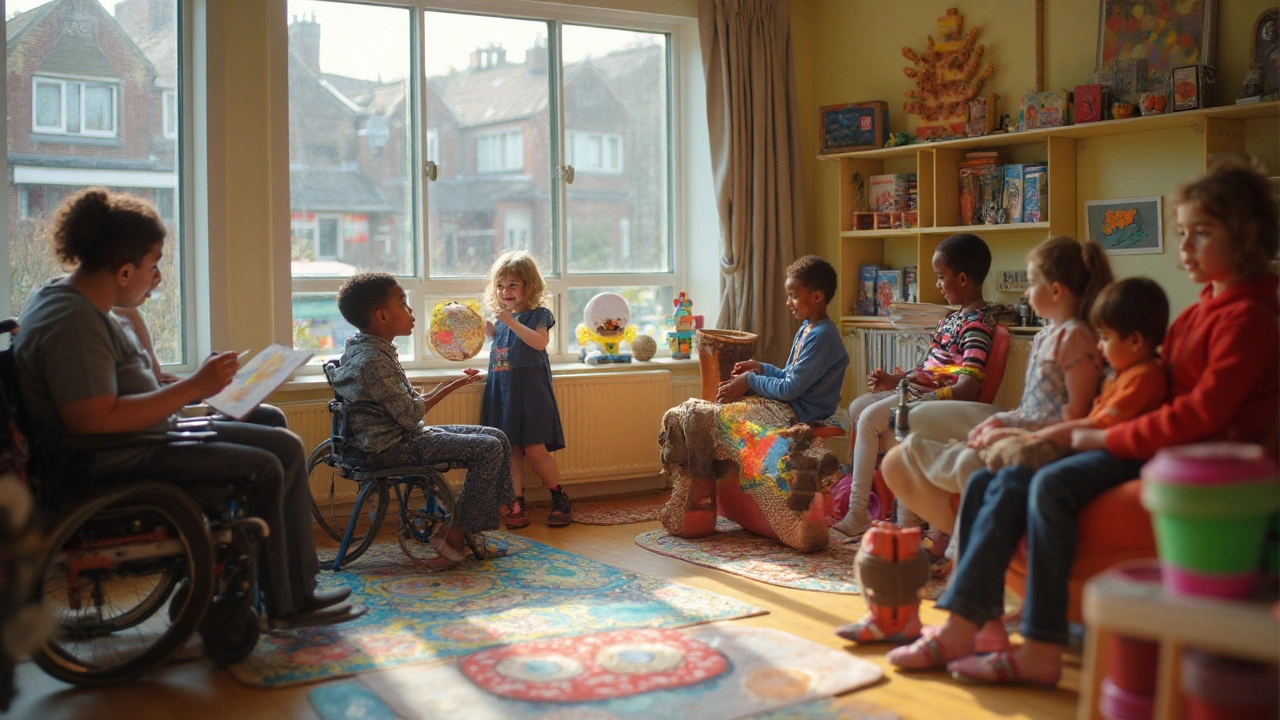Play Therapy: Using Fun to Boost Kids' Emotional Health
Ever notice how kids sort out their feelings on the playground? That’s play therapy in action. It’s a safe space where play becomes the language for emotions, making it easier for children to express what they can’t put into words.
Play therapy isn’t a fancy fad—it’s a proven way to help kids cope with stress, anxiety, and trauma. By letting them act out scenarios with toys, drawings, or games, therapists tap into a natural coping tool that children already use every day.
Why Play Works as Therapy
When a child builds a tower of blocks, they’re not just playing; they’re learning about control, patience, and problem‑solving. Those same skills translate into real‑life resilience. Play also triggers the brain’s reward system, releasing dopamine that promotes a sense of safety and motivation.
Because play is non‑verbal, it bypasses the pressure of “talking about feelings.” This lowers defenses and lets children explore tough topics—like a family move or a loss—at their own pace. The therapist watches, guides, and reflects back insights, turning play moments into therapeutic breakthroughs.
Easy Play Therapy Activities You Can Try
1. Feelings Charades: Write emotions on slips of paper (happy, angry, scared) and have the child act them out. After each round, ask what in their life feels similar.
2. Story‑Building with Toys: Use dolls or action figures to create a story about a problem. Let the child guide the plot, then discuss how the characters solved it and how they might use that solution themselves.
3. Draw Your Day: Give crayons and a paper divided into morning, afternoon, evening sections. Ask the child to draw key moments. This visual timeline helps spot stress points and celebrate wins.
4. Calm‑Down Corner: Set up a small space with soft pillows, a favorite stuffed animal, and sensory items like a stress ball. Teach the child to retreat there when feelings get overwhelming.
5. Role‑Play with Props: Use a simple dress‑up box to act out roles (teacher, doctor, superhero). Role‑playing lets children experiment with new ways of handling situations they find scary.
Start with short sessions—10 to 15 minutes—and let the child lead the activity. The therapist’s role is to observe, mirror emotions, and gently introduce coping language.
If you’re a parent or caregiver, you don’t need a professional appointment to use these tools. Just create an open, judgment‑free environment and let the child’s imagination take the lead. For deeper issues, a licensed play therapist can tailor activities to the child’s specific needs.
Play therapy bridges the gap between fun and healing, turning everyday games into powerful growth experiences. By embracing play, you give kids a sturdy emotional toolbox they’ll carry into adulthood.

